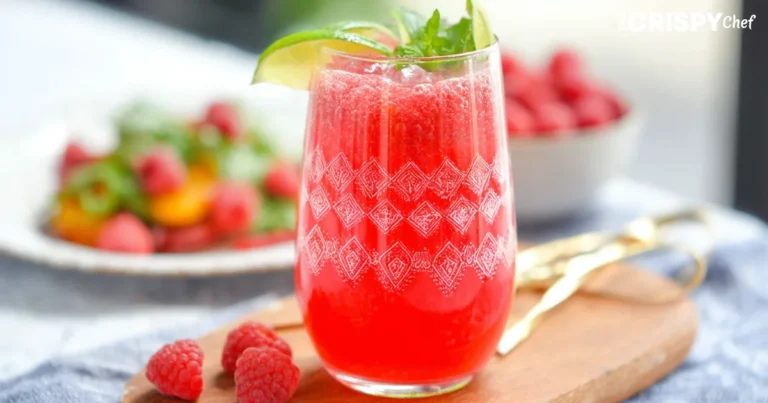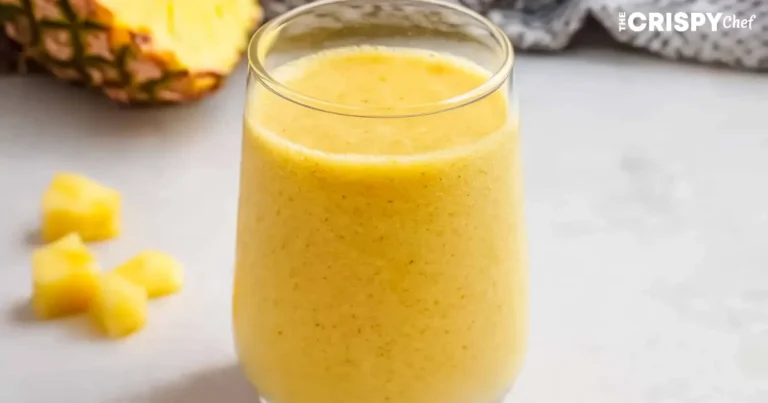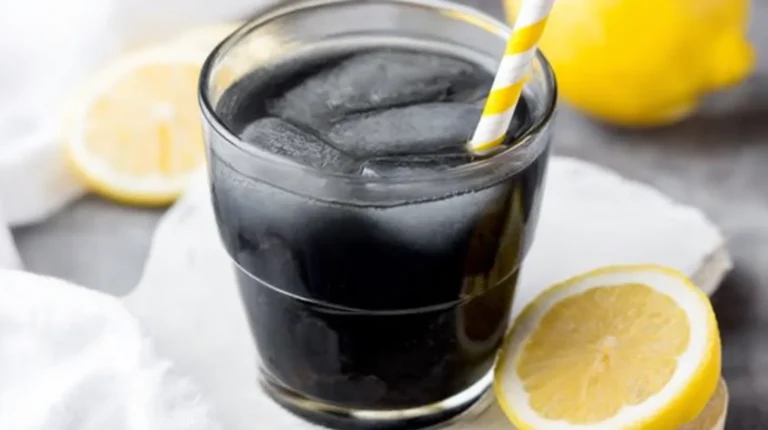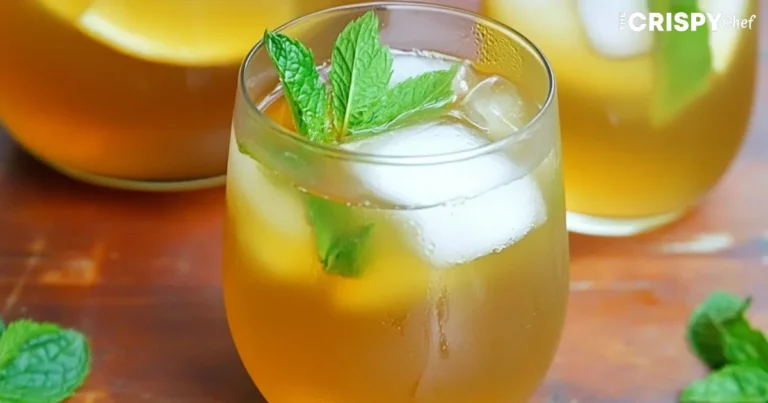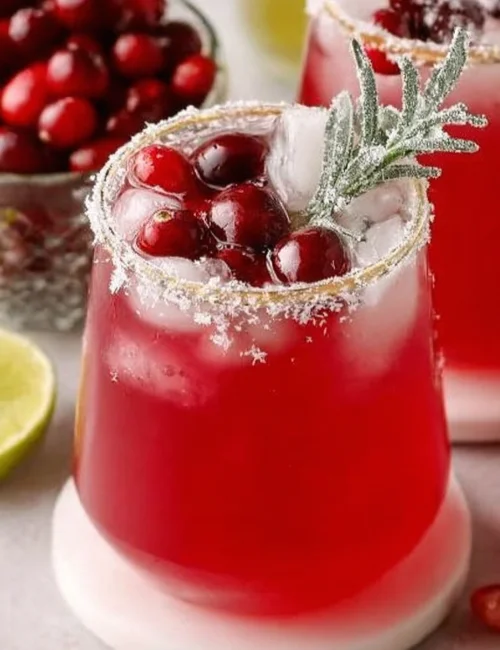You know that moment when you’re scrolling through wellness Instagram and suddenly see someone charging $12 for “exotic turmeric-mango detox water” that your nani has been making for decades? Yeah, that’s basically the story of desi fruit infused waters going mainstream. While the world just discovered these flavor-packed hydration heroes, we’ve been sipping on nature’s best combinations since forever.
I’ve been experimenting with traditional Indian fruit-infused waters for years, and honestly, once you taste the real deal, those bland cucumber waters feel like a joke. These aren’t just pretty drinks for your feed – they’re functional, delicious, and rooted in centuries of wisdom about keeping cool in scorching heat.
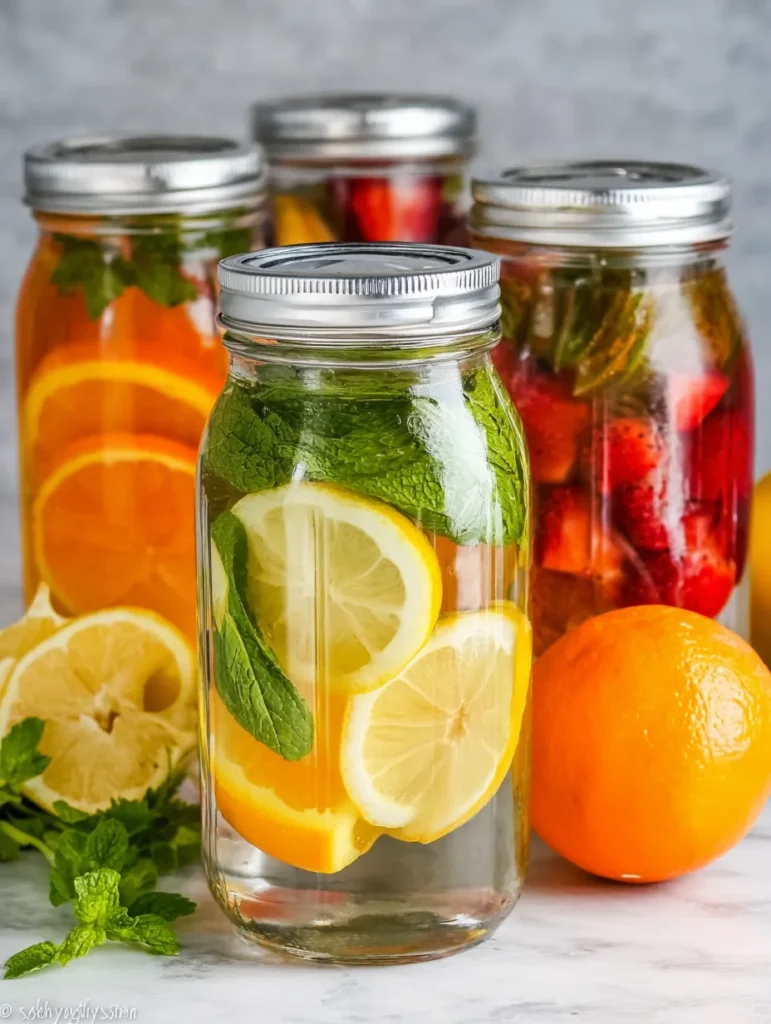
What Makes Desi Fruit Infused Waters Special?
Let’s get real – desi fruit infused waters aren’t just about throwing some fruit in a jar and calling it a day. Traditional Indian households have perfected these combinations based on Ayurvedic principles, seasonal availability, and pure practical experience. Your great-grandmother knew exactly which fruits would cool your system during summer and which would boost your immunity during monsoons.
The magic lies in understanding fruit properties and their interactions. Take jamun (black plum) water – it’s not just refreshing, it actually helps regulate blood sugar levels. Or consider the classic nimbu-pudina combination that doesn’t just taste amazing but aids digestion and fights heat exhaustion.
What sets these apart from regular infused waters? The intentional pairing of ingredients based on their medicinal properties, not just flavor. Every combination serves a purpose, whether it’s cooling your body, boosting immunity, or aiding digestion.
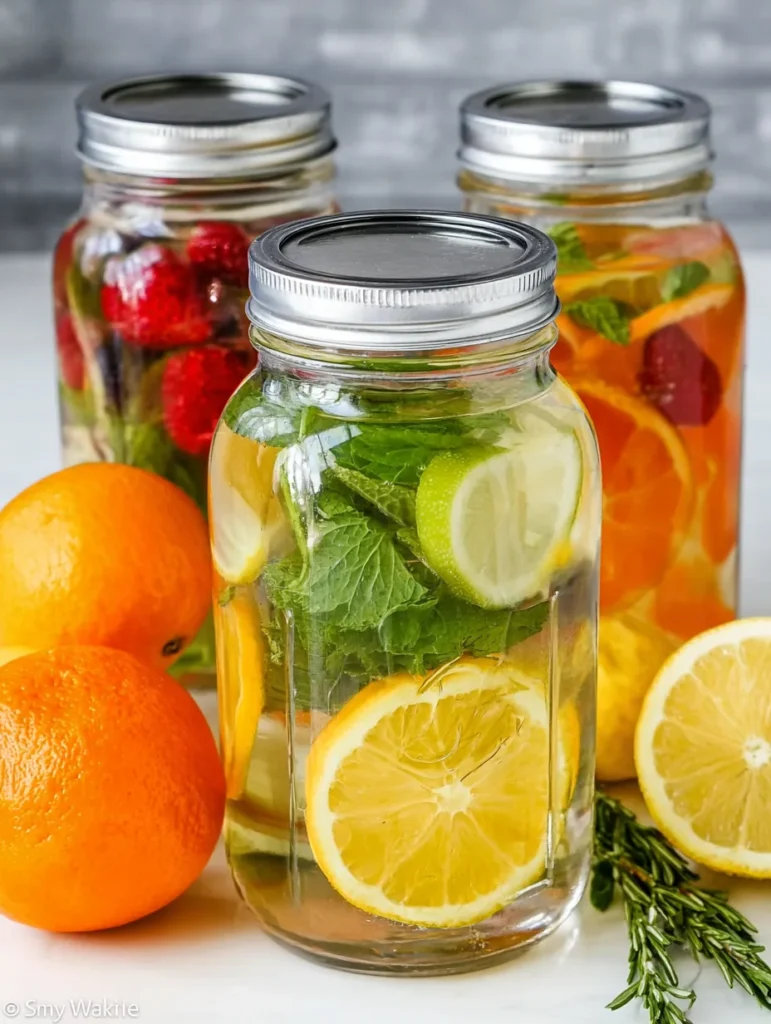
Traditional Combinations That Actually Work
The Heat-Beating Champions
Aam Panna remains the undisputed king of summer coolers. Raw mango infused with mint, black salt, and a hint of jaggery creates this perfect balance of sweet, sour, and salty. I make huge batches during mango season because honestly, nothing beats the heat like this green goddess.
Jamun-Mint Water is another powerhouse combination. The deep purple color might stain your tongue (fair warning!), but the cooling properties and blood sugar benefits make it worth every sip. Plus, it tastes like summer childhood memories.
Watermelon-Rose Water sounds fancy, but it’s been a desi staple forever. The natural electrolytes in watermelon combined with rose’s cooling properties create the perfect post-workout drink. FYI, this combo works better than most commercial sports drinks.
The Immunity Boosters
Amla-Ginger-Honey Water might sound intense, but it’s your immune system’s best friend. I learned this combination from my mother-in-law, and it’s been my secret weapon during flu seasons. The vitamin C from amla, anti-inflammatory properties of ginger, and antimicrobial benefits of honey create a trifecta of wellness.
Guava-Tulsi Water offers another immunity-boosting option that’s surprisingly refreshing. Guava’s vitamin C content combined with tulsi’s adaptogenic properties makes this perfect for daily consumption.
Seasonal Wisdom: When to Drink What
Ever wonder why certain fruits are available during specific seasons? Traditional wisdom aligns fruit availability with our body’s seasonal needs. Summer fruits like mangoes, watermelons, and melons naturally cool the system when we need it most.
During monsoon season, when humidity wreaks havoc on our digestive systems, combinations like ginger-lime water or pomegranate-mint water help maintain gut health and boost immunity against seasonal infections.
Winter combinations focus more on warming spices. Apple-cinnamon water or orange-ginger combinations provide vitamin C while gently warming the system. These aren’t just random pairings – they’re nature’s pharmacy in liquid form.
Modern Twists on Ancient Recipes
Here’s where it gets interesting – you can absolutely modernize these traditional combinations without losing their essence. Chia seeds in jamun water add fiber and omega-3s while maintaining the original cooling properties. Coconut water as a base instead of regular water boosts electrolyte content naturally.
I’ve started adding turmeric to several combinations for its anti-inflammatory benefits. A pinch in mango-ginger water creates this beautiful golden drink that’s Instagram-worthy and incredibly beneficial. Just don’t overdo it unless you want everything you touch to turn yellow 🙂
Sparkling versions work surprisingly well too. Sparkling water with kokum and mint creates this refreshing mocktail that’s perfect for parties. Your guests will think you’re fancy, but you’ll know it’s just traditional wisdom in a modern glass.
The Art of Preparation: Tips That Make a Difference
Timing matters more than you think. Most desi fruit infused waters taste best when prepared 2-4 hours before consumption. This allows flavors to meld without becoming overpowering. Overnight infusions often become too strong and lose their refreshing quality.
Water temperature affects extraction differently for different fruits. Room temperature water works best for delicate fruits like grapes or berries, while slightly warm water helps extract more flavor from citrus fruits and ginger.
Crushing vs. slicing changes the entire flavor profile. Lightly crushing mint releases oils without making the water bitter. Slicing citrus fruits thin increases surface area for better infusion. These small details make huge differences in taste.
Health Benefits Beyond Hydration
Let’s talk about the real health benefits that make these drinks worth your time. Unlike commercial flavored waters loaded with artificial additives, desi fruit combinations provide actual nutritional benefits.
Digestive health improves significantly with regular consumption of properly paired fruit waters. The natural enzymes in fruits like papaya or pineapple aid protein digestion, while mint and ginger combinations soothe upset stomachs.
Skin health benefits from the antioxidants in berries, vitamin C in citrus fruits, and anti-inflammatory compounds in turmeric-based combinations. I’ve noticed clearer skin since making these drinks a daily habit rather than relying on expensive supplements.
Weight management becomes easier when you’re actually enjoying your hydration. These naturally flavored waters satisfy cravings for sugary drinks while providing nutrients and keeping you full longer.
Common Mistakes to Avoid
Over-sweetening ruins the natural balance of flavors. Traditional recipes use minimal sweeteners like jaggery or honey, and only when necessary. The natural fruit sugars should provide enough sweetness in most combinations.
Using overripe fruits might seem economical, but it creates overly sweet, sometimes fermented-tasting waters. Slightly underripe fruits often work better for infusions as they maintain their structure and provide cleaner flavors.
Leaving ingredients too long turns refreshing drinks into bitter disappointments. Remove citrus peels after 2-3 hours, and don’t leave leafy herbs like mint or tulsi for more than 4-5 hours.
Making It a Lifestyle, Not a Fad
The beauty of desi fruit infused waters lies in their sustainability. Unlike expensive detox programs or complicated wellness routines, these drinks use readily available, affordable ingredients that you probably already have at home.
Seasonal rotation keeps things interesting while ensuring you’re getting variety in nutrients. Summer’s cooling combinations naturally transition to monsoon’s immunity-boosters and winter’s warming blends.
Family involvement makes this practice more enjoyable and sustainable. Kids love helping prepare colorful combinations, and it’s a great way to introduce them to healthy hydration habits early.
The Bottom Line: Why This Trend Has Staying Power
IMO, the reason desi fruit infused waters are finally getting mainstream recognition isn’t just because they’re photogenic (though they definitely are). It’s because they actually work. They provide real benefits, taste amazing, and connect us to traditional wisdom that’s stood the test of time.
You don’t need expensive equipment, rare superfoods, or complicated recipes. Just good fruits, clean water, and a bit of traditional knowledge passed down through generations. Your wallet will thank you, your body will thank you, and honestly, your taste buds will wonder why you waited so long to try these combinations.
Next time you see someone paying premium prices for “exotic” fruit waters, just smile and sip your homemade aam panna. Because sometimes, the best wellness trends are actually ancient wisdom finally getting the recognition it deserves.
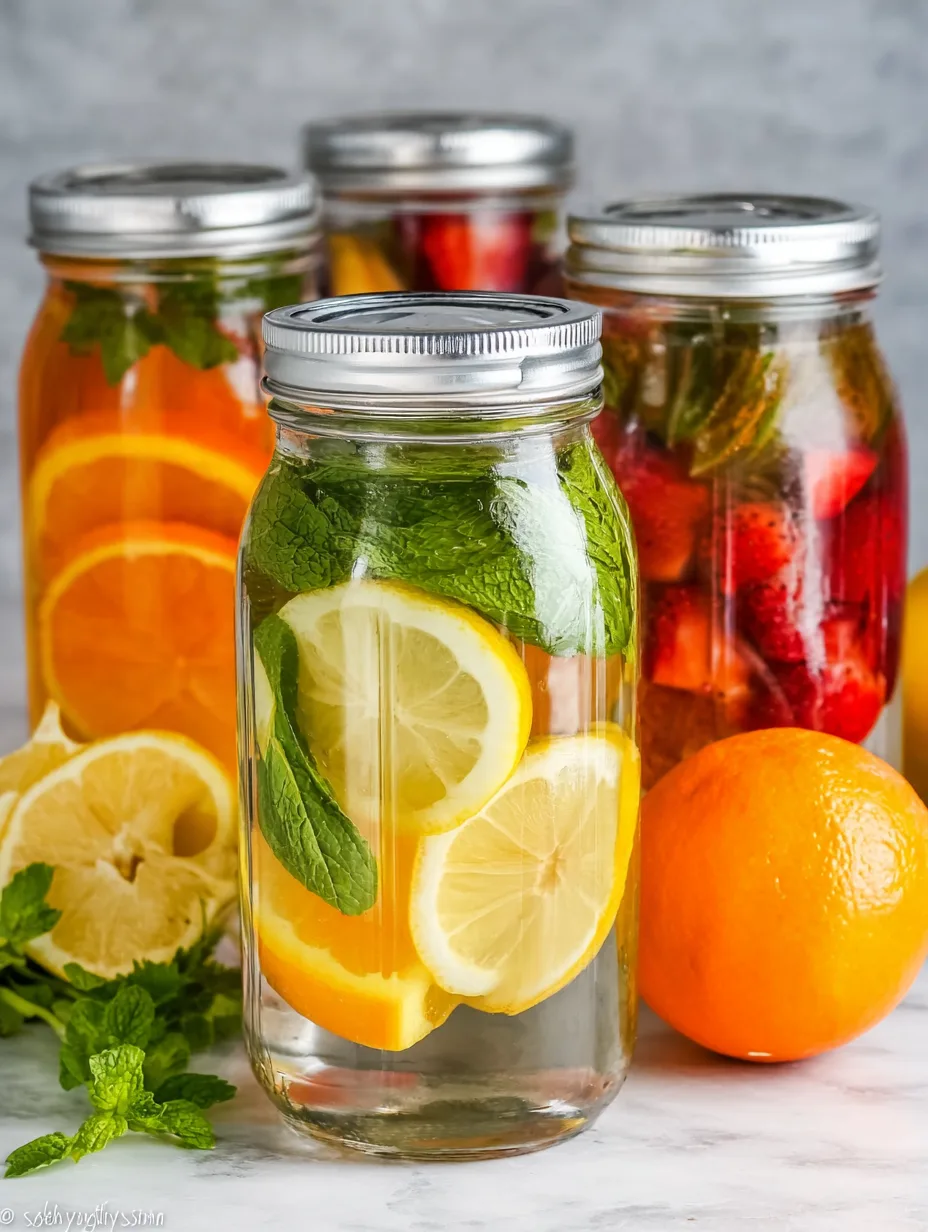
Desi Fruit Infused Waters
Equipment
- Glass jars or pitchers
- Cutting board
- Knife
- Wooden muddler or spoon
- Strainer (optional)
Ingredients
- Choose combinations based on availability and season – examples below
- 1 raw mango peeled & chopped
- 1 tsp jaggery
- ¼ tsp black salt
- A few mint leaves
- 1 cup chopped jamun black plum
- ½ tsp roasted cumin powder
- 2 slices watermelon
- 1 tsp rose water
- 1 tbsp amla juice or 2 chopped amlas
- 3 slices ginger
- 1 tsp honey
- 1 guava chopped
- 5 tulsi holy basil leaves
- Optional: chia seeds turmeric, coconut water, sparkling water
Instructions
- Choose your combination based on season and desired benefits (cooling, immunity, digestive).
- Lightly crush herbs like mint or tulsi to release oils.
- Slice fruits thinly or cube for better infusion.
- Add ingredients to a clean jar or pitcher.
- Fill with clean water (room temp or slightly warm, depending on ingredients).
- Let it infuse for 2–4 hours at room temp or refrigerate.
- Remove herbs/citrus peels after 3–4 hours to prevent bitterness.
- Serve chilled, optionally straining solids before pouring.

